Here is the list of the Milky Sap Plants You Must Know About as they can be harmful to your skin. Take note and stay away from them!
There are some plants that can cause skin troubles if you break their leaves or stems. Here are the Milky Sap Plants You Must Know About.
Here‘s the list of the deadliest plants from around the world
Top 10 Plants with Toxic Milky Sap
1. Manchineel
Botanical Name: Hippomane mancinella
How Poisonous: Blisters, burns, and death
The dangerous characteristics are better explained by its Spanish name, manzanilla de la Muerte (little apple of death). This plant has many toxins, and consumption of the fruit can kill you.
Its leaves and bark contain a milky sap with a chemical phorbol that produces an allergic skin reaction.
2. Hogweed
Botanical Name: Heracleum sphondylium
How Poisonous: Makes the skin sensitive to UV rays that may lead to Phototoxic dermatitis. It can also cause permanent blindness.
The foliage and sap of this wildflower contain a chemical known as furocoumarins. Any contact with it can cause phytophotodermatitis, a condition that results in blisters.
3. Pain Bush
Botanical Name: Smodingium argutum
How Poisonous: Causes acute allergic contact dermatitis, muscle weakness, and blindness.
Native to Southern Africa, pain bush is also known as African poison ivy. This small tree or shrub emits a creamy sap that is full of chemicals called heptadecyl catechols that become black when dried and cause rashes with blisters.
4. Belladonna Lily
Botanical Name: Amaryllis belladonna
How Poisonous: Causes vomiting and diarrhea in humans; abdominal distress, drooling, vomiting, heart and renal failure. Can also cause paralysis and death.
The gorgeous summer blooms on unright leafless stalks look alluring to the eyes, but the plant contains a milky sap, severely toxic to humans.
5. Calotropis
Botanical Name: Calotropis
How Toxic: Diarrhea, slow heartbeat, convulsion, even death; severe corneal damage with sudden dimness of vision if it comes in contact with eyes.
When its leaves are plucked, it releases poisonous viscous milky white sap, and its contact with the eye causes loss of vision.
6. Euphorbia Family
Botanical Name: Euphorbiaceae
How Toxic: Intense skin inflammation, conjunctivitis, and blindness.
Plants of this genus are deer and pest repellent. Similar to milkweed, cutting them can release sap from broken foliage or stem, which can cause skin rashes and severe side effects.
7. Crown of Thorns
Botanical Name: Euphorbia milii
How Toxic: Skin inflammation; mild conjunctivitis to severe keratouveitis
This plant shows off green leaves and colorful little blooms. The sharp, spiny stems and branches emit a milky sap, which is toxic and can be poisonous to humans.
8. Pencil Cactus
Botanical Name: Euphorbia tirucalli
How Toxic: Might lead to blindness
The pencil-like branches without any leaves give this plant a distinct look. The milky sap from broken branches is a skin irritant and can cause burns.
9. Yellow Oleander
Botanical Name: Cascabela thevetia
How Toxic: Vomiting, diarrhea, and irregular heartbeat. Death if consumed.
This evergreen shrub with shiny green foliage exudes milky sap, which can cause skin irritation. All parts of the plant are poisonous.
10. Oleander
Botanical Name: Nerium oleander
How Toxic: Serious heart problems, vomiting, diarrhea, erratic pulse, seizures, coma, and death.
Oleander branches and twigs release milky sap that contains a toxin called ‘Cardenolide Glycosides’ when plucked or pruned, though this is harmless when touched, but can be very harmful if ingested.
11. Common Milkweed
Botanical Name: Asclepias syriaca
How Toxic: Causes nausea, diarrhea, weakness; respiratory paralysis, and even death if ingested in a large amount
Milkweed blooms in warm summer and spring and attracts a wide range of pollinators like bees and butterflies. When its foliage is snapped or picked, it emits white sap, which is poisonous when ingested.
Plants with Irritant Sap But Not As Toxic As Above
12. Weeping Fig
Botanical Name: Moraceae
How Toxic: Skin irritation and inflammation
The Ficus family has more than 800 species of plants, and most of them discharge sap, which is latex that can cause skin irritation and itchy eyes, which become intense when exposed to the sun.
Learn about growing Ficus benjamina indoors here
13. Wild Lettuce
Botanical Name: Lactuca virosa
How Toxic: Has a sedative and mild analgesic effect
Mildly sedative and used as a medicine, wild lettuce is not poisonous and is a beneficial herb. Its sap contains lactucarium which has sedative, antispasmodic, hypnotic, and narcotic properties.
14. Papaya
Botanical Name: Carica papaya
How Toxic: Abdominal pain, nausea, vomiting, and drowsiness if ingested
Papaya is one of the most nutritious fruits grown in the tropical parts of the world. Its young fruits and stems release milky white sap, which is a severe irritant and can be vesicant to your skin.
It is used in alternative medicines in Ayurveda, and recently it has been proved to have anti-cancer properties.
15. Opium Poppy
Botanical Name: Papaver somniferum
How Toxic: Vomiting, constipation, drowsiness
Poppies are annuals grown for their beautiful large red, yellow and white flowers. All parts of this plant are toxic. It releases sap which is used in heroin and other drugs.
16. Balloon Flower
Botanical Name: Platycodon grandiflorus
How Toxic: Causes stomach cramps, vomiting, diarrhea
The stems of this plant emit sap when bruised though it is not poisonous. You can grow this plant in full sun to partial shade in well-draining soil.
17. Apocynaceae Family
Botanical Name: Apocynaceae
How Toxic: Eye inflammation and skin dermatitis
Apocynaceae Family contains white milky sap loaded with alkaloids. It is unsafe for pets, livestock, and wildlife and causes contact dermatitis.
18. Small Periwinkle
Botanical Name: Vinca Minor
How Toxic: Hairloss if kept on the skin for long, hearing difficulty, nerve problem
This flowering plant from the dogbane family produces pretty blue-violet tubular blooms. It releases white milky sap when broken, which can irritate the skin. It is used in many alternative medicines.
19. Arkansas Blue Star
Botanical Name: Amsonia hubrichtii
How Toxic: Skin irritation
Like other members of the dogbane family, they also have milky sap. Make sure to wear gloves while pruning this plant as it can irritate the skin.
Check out the best blue flowers to grow in containers here
20. Frangipani
Botanical Name: Plumeria rubra
How Toxic: Skin dermatitis
Frangipani is popular for fleshy stems and highly fragrant five-petaled blooms. It exudes poisonous milky sap like some other plants on this list.
21. The Wax Tree
Botanical Name: Toxicodendron succedaneum
How Toxic: Severe dermatitis
This deciduous tree features scarlet, crimson fall foliage and creamy white to yellow blooms. Its sap is poisonous, so handle it carefully while pruning.
22. Tree Of Heaven
Botanical Name: Ailanthus altissima
How Toxic: Shows allergic symptoms
This fast-growing deciduous tree produces pinnate compound leaves. Freshly cut twigs emit milky sap, which can irritate skin and eyes.
23. Daphne
Botanical Name: Daphne
How Toxic: Swelling of the tongue, nausea, skin inflammation
This small shrub looks beautiful in gardens with dark green lance-shaped foliage and white, pink blooms. All parts, mainly bark and berries, are toxic. Also, the sap is an irritant.
Find out the flowers starting with D here
24. Blue Lily
Botanical Name: Agapanthus praecox
How Toxic: Diarrhea, vomiting, severe mouth ulcer if ingested
Blue lily is a herbaceous perennial featuring long evergreen strap-like foliage. The milky sap of this plant can irritate skin and eyes.
25. Petty Spurge
Botanical Name: Euphorbia peplus
How Toxic: Skin and eye inflammation
This plant shows off soft green oval leaves and small yellow-green blooms. The sap of petty spurge is poisonous and causes skin and eye problems.
26. Golden Trumpet
Botanical Name: Allamanda cathartica
How Toxic: Causes diarrhea and vomiting if ingested
Golden trumpet offers deep golden flowers, and it can be trained on pergolas and arbors; if you’re growing this, handle it with care as its milky sap can irritate eyes and skin.

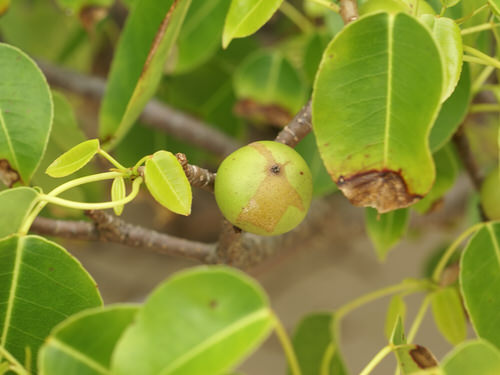

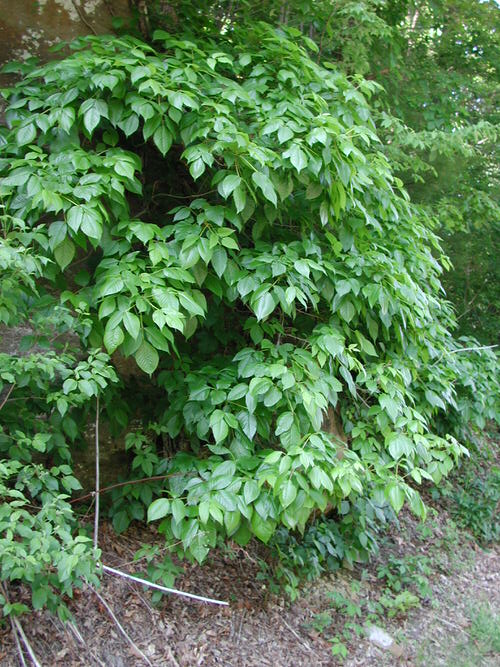
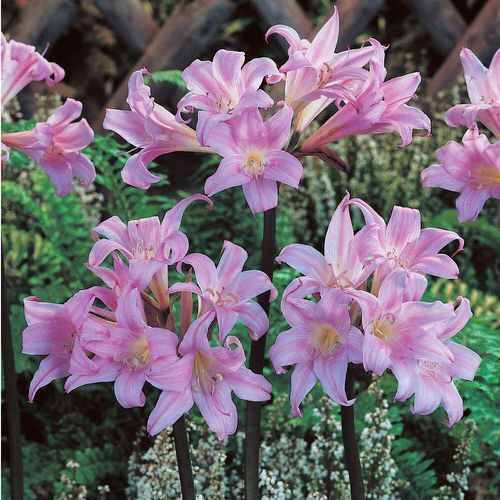
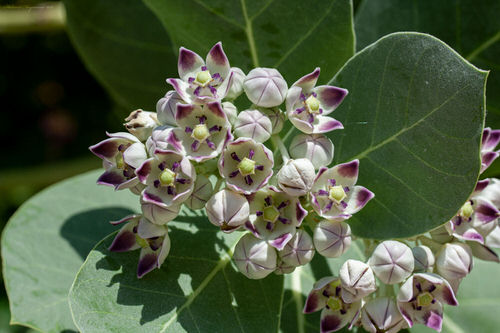
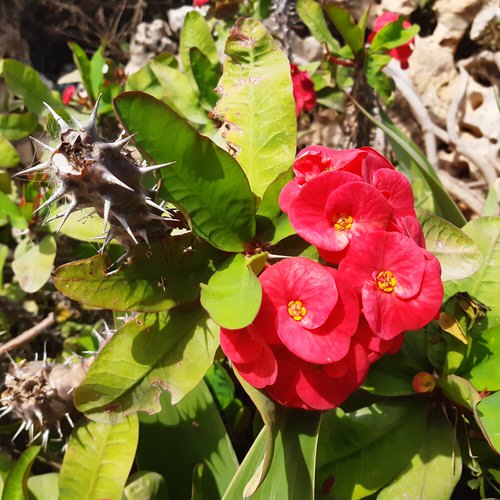
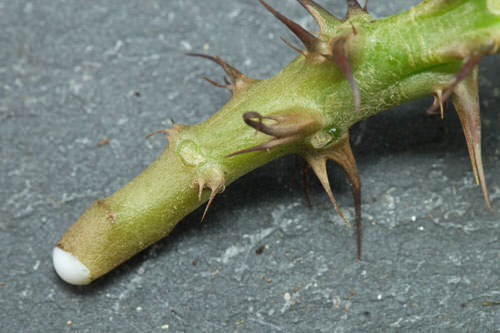

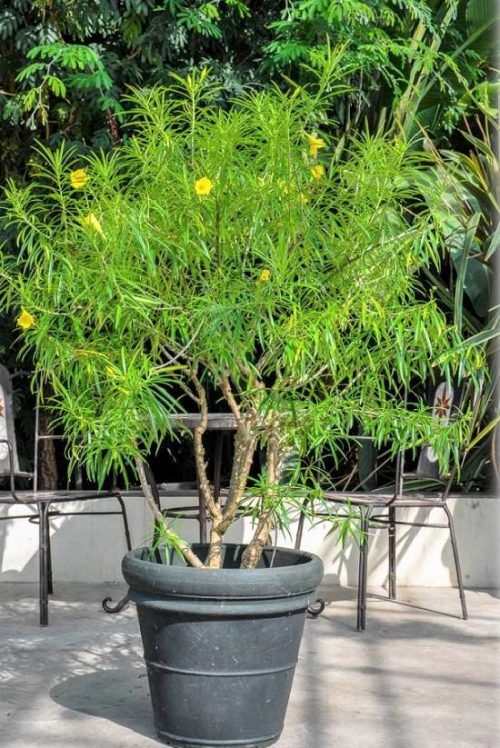

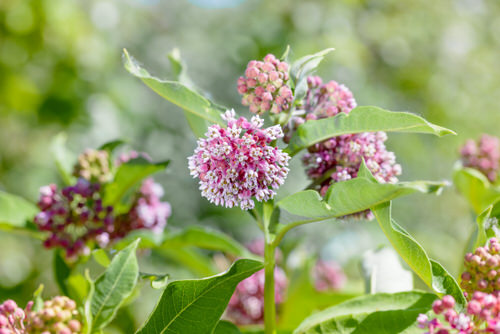
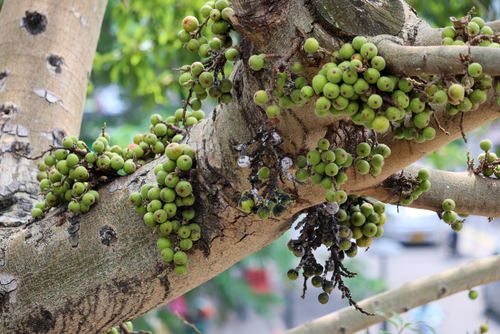
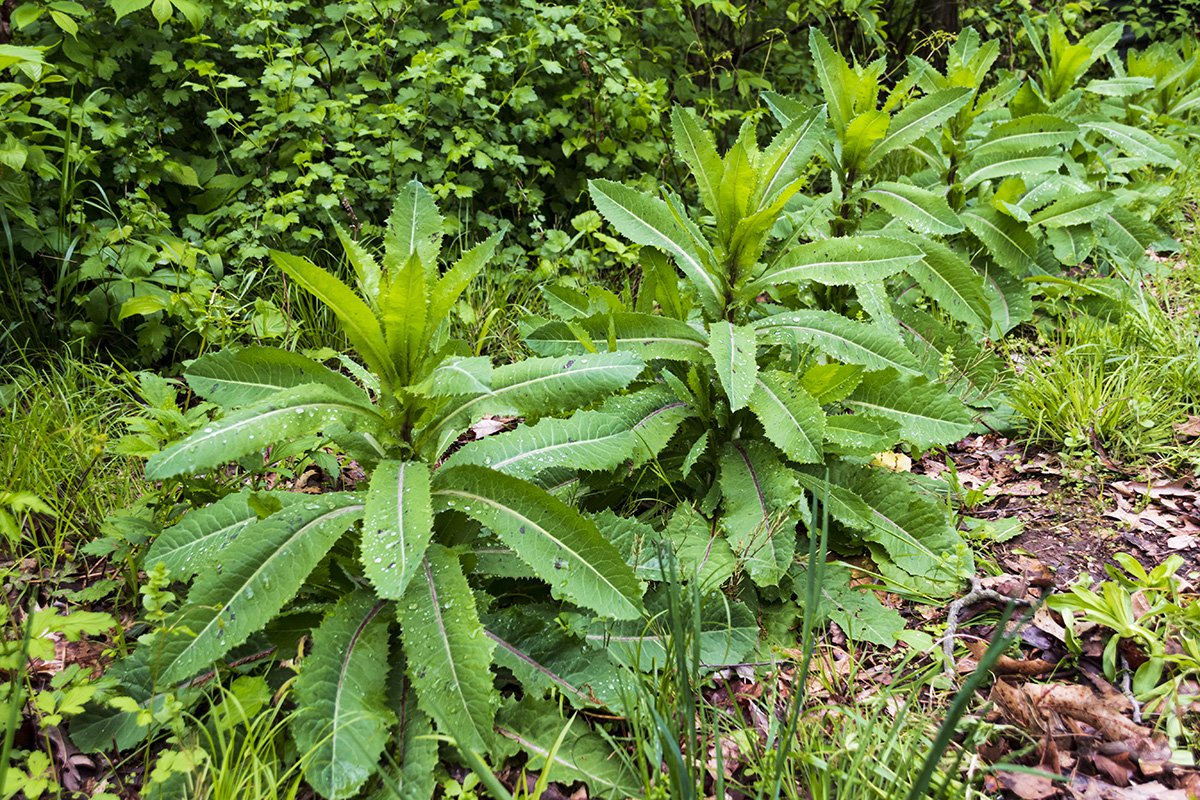
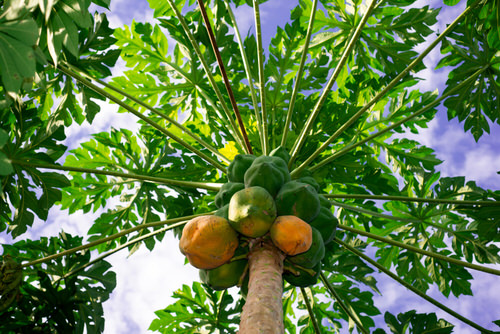
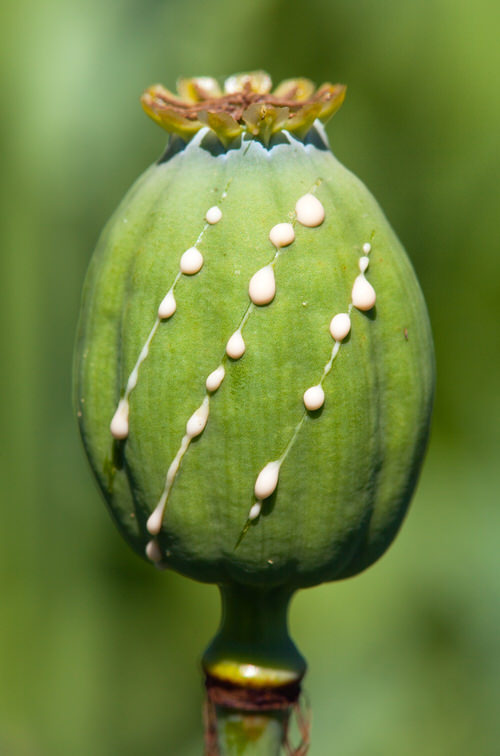
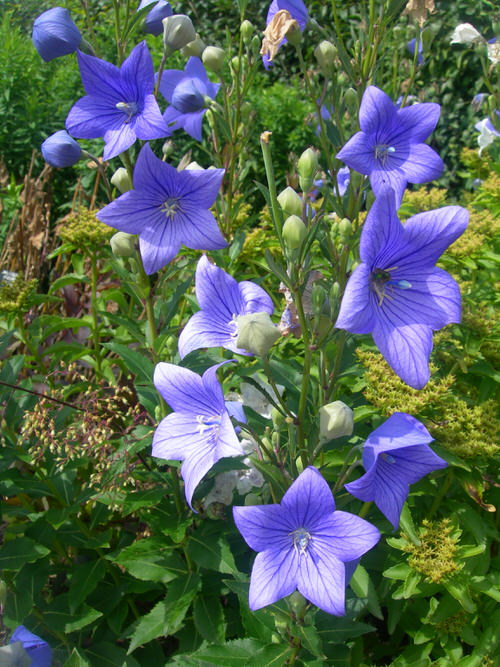

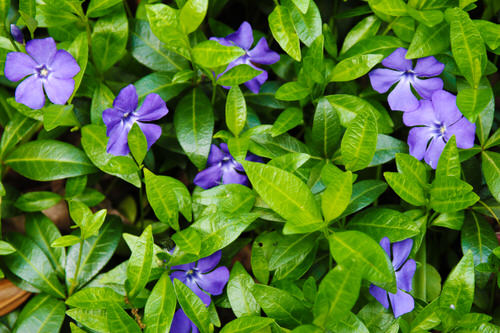
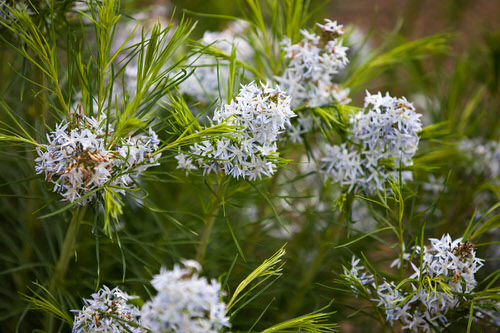
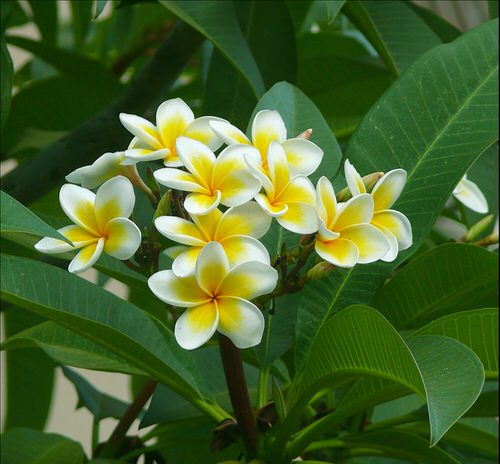
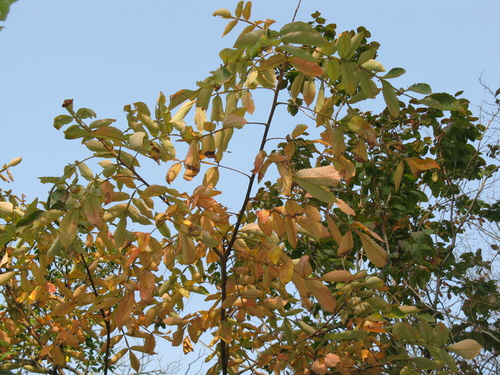
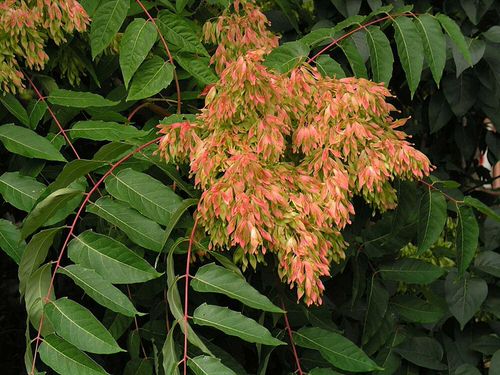
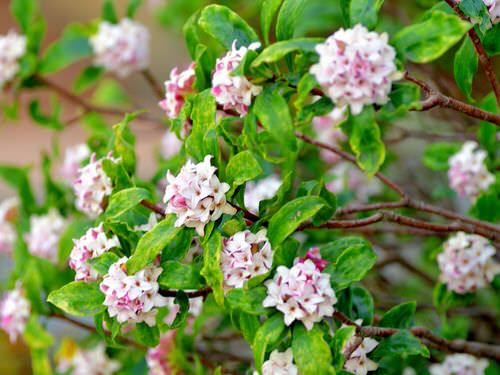
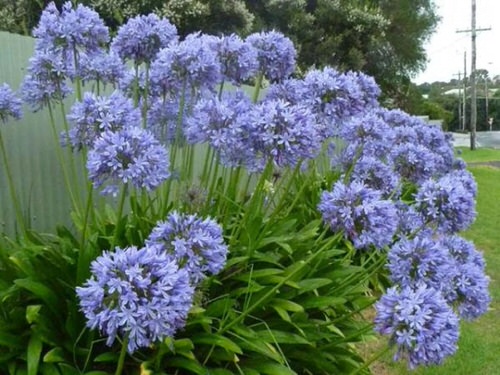
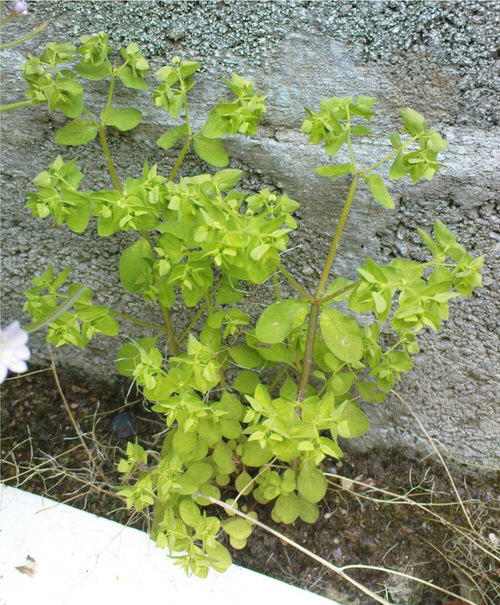


What is the white powder on leaves
Could be powdery mildew